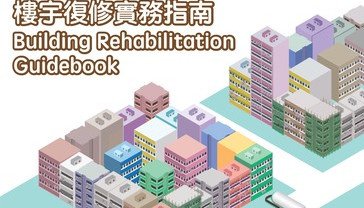Timely and regular maintenance of old buildings is essential in that its negligence, informed by owners’ poor awareness of the matter, may aggravate the ageing and dilapidation of the buildings, causing serious or even fatal accidents.
A building is comprised of multiple elements with individual functions. For example, structural elements (including foundation, beams and columns) support the weight of the building structure and its load; whereas drainage system channels water and sewage away to avoid accumulation. These functional elements work in concert in that one single defect often leads to a domino effect too big to ignore.
In fact, early identification of a large portion of 'common building defects' is possible through apparent or detectable symptoms of dilapidation. Failing to address these symptoms may give rise to serious life-threatening issues in the future, causing system failure or collapse of structure in the worst cases, and increase in maintenance costs in general.
Building elements are regulated by different government departments by category. Generally speaking, all building components are under the supervision of the Buildings Department, while the regulation of other building services fall in the hands of various professional authorities, e.g. the Electrical and Mechanical Services Department (EMSD) for electrical and gas installations by, and the Fire Services Department (FSD) for fire service installations and equipment. If a building is in a disrepair state or causing any nuisance that poses a threat to public safety or health, the relevant departments will, under their legal authority, issue ‘statutory order’ demanding follow-up or rectification of the defects of relevant building elements to the owners/Owners’ Corporations (OCs) concerned. Failure to comply with the prescribed requirements within the designated period and without reasonable excuse may result in legal action against the owners/OCs.













